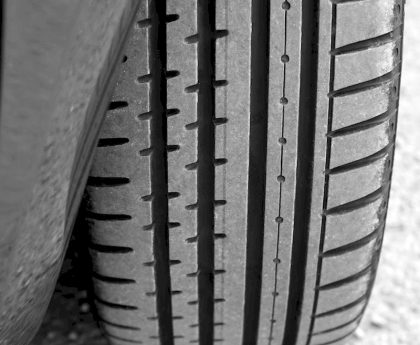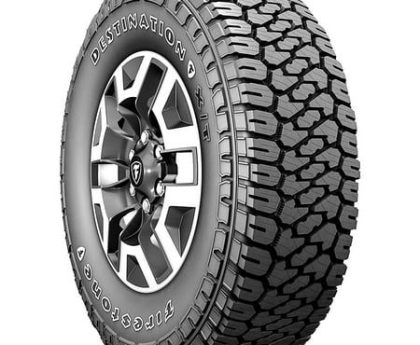Motorcycle riding combines thrill and freedom, but it also carries risks. One of the most crucial aspects of motorcycle safety is wearing a quality helmet. The right helmet can protect your head in the event of an accident and significantly reduce the risk of serious injury or death. In this article, we will explore the essential safety features of motorcycle helmets and what you need to know to make an informed choice when selecting the best helmet for your riding style.
Understanding the Importance of Motorcycle Helmets
The Role of Helmets in Safety
Motorcycle helmets serve as the primary means of protection for riders. In the event of a crash, a helmet absorbs much of the impact, safeguarding the skull and brain from potentially catastrophic injuries. For instance, a helmet meeting international safety standards, such as Helm CWE-certified helmets, ensures reliable protection and quality. Studies show that wearing a helmet decreases the chances of head injuries by nearly 69%. This statistic alone underscores the importance of investing in a high-quality, certified helmet.
Over the years, helmet technology has evolved significantly. The modern helmet is not just a hard shell; it incorporates various safety features designed to enhance protection. Helmets that adhere to safety standards continue to save lives and reduce injury severity, making them a critical piece of riding gear.
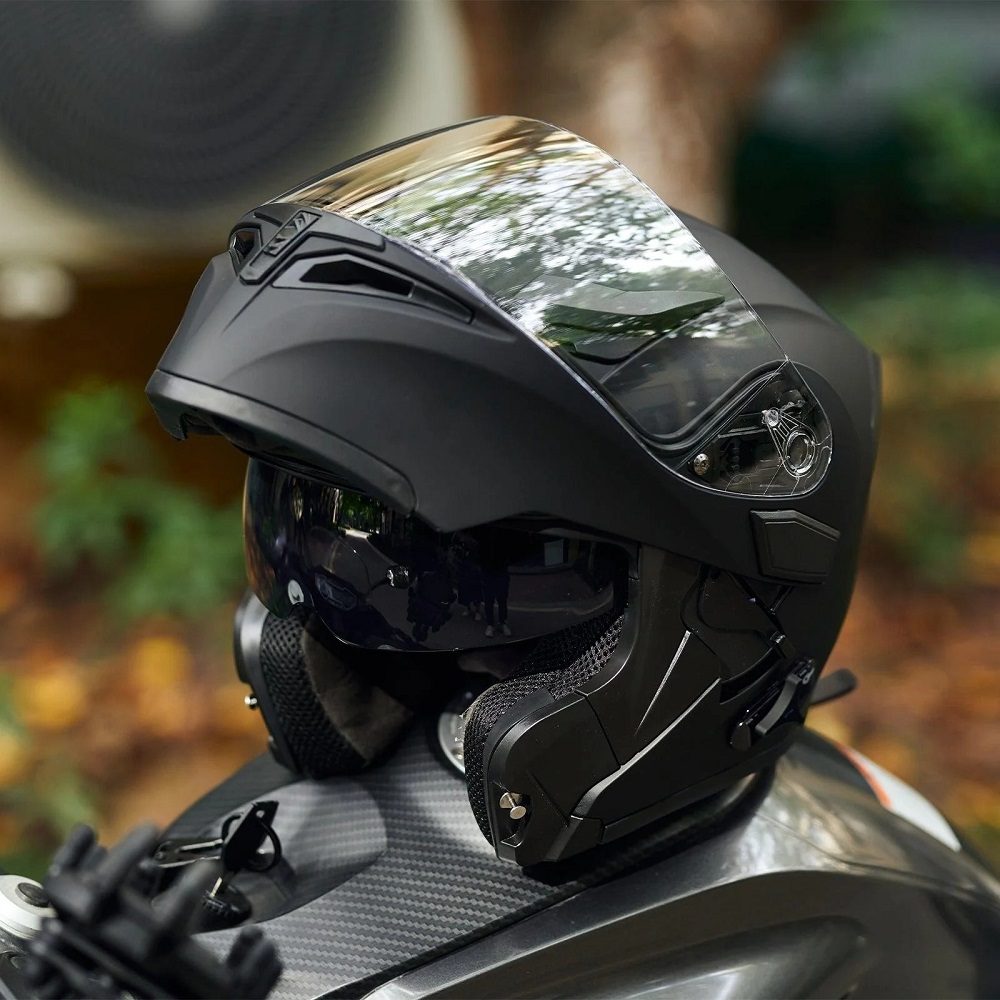
Legal Requirements and Regulations
In many regions, wearing a helmet while riding a motorcycle is a legal requirement. Laws vary widely depending on the state or country, with some areas enforcing strict helmet use regardless of the rider’s experience level. Other places may have more lenient regulations, allowing certain riders, such as those over a specific age or with insurance coverage, to ride without a helmet.
Familiarizing yourself with local laws is essential. Even if it’s not explicitly required, wearing a helmet can prevent severe injuries and save your life. Ultimately, it’s wise to prioritize safety and invest in a good helmet, regardless of legal mandates.
Types of Motorcycle Helmets
Motorcycle helmets come in several styles, each with unique safety features. The primary types include full-face, modular, open-face, and half helmets. Full-face helmets provide maximum protection due to their coverage of the entire head and face. Modular helmets offer a versatile option with a movable chin bar, allowing riders to flip up the front without removing the helmet. Open-face helmets protect the head but leave the face exposed, and half helmets provide minimal coverage.
Each type has its pros and cons regarding safety features, weight, and comfort. Many riders choose their helmet style based on personal preference, but it’s essential to understand how each type can affect safety during a fall or collision.
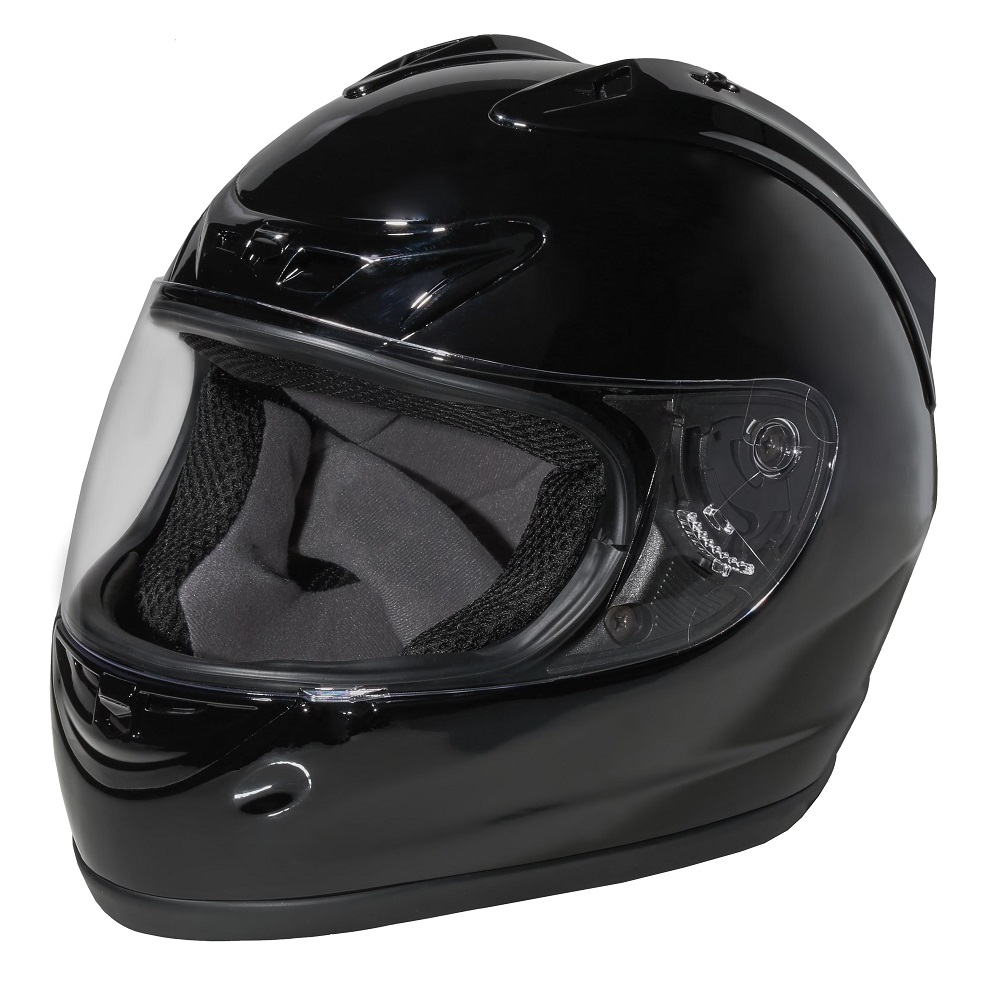
Key Safety Features to Look For
Impact Resistance
One of the most critical safety features of a motorcycle helmet is its impact resistance. Modern helmets are typically constructed using materials like polycarbonate or fiberglass, designed to absorb and dissipate energy during an impact. These materials are critical in protecting the rider’s head from severe injuries during a crash.
The helmet’s interior padding also plays a role in impact resistance. It is essential to have an adequate layer of shock-absorbing foam. This padding helps cushion the head and reduce the force of impacts. Riders should always look for helmets that comply with safety standards set by organizations like the Department of Transportation (DOT) or Snell Memorial Foundation to ensure adequate protection.
Snell and DOT Certification
Understanding helmet certifications is crucial for ensuring safety. The DOT certification is the minimum standard for motorcycle helmets in the United States. Helmets bearing the DOT sticker have undergone rigorous testing to confirm their impact resistance and overall safety.
Another respected standard is the Snell certification, which is typically more stringent than DOT. Snell-certified helmets have passed additional tests regarding impact absorption and durability. When shopping for a helmet, seek out models that meet or exceed these certifications, as they are more likely to provide the protection you need.
Retention System
The retention system, typically in the form of straps and buckles, is essential for keeping the helmet securely on the rider’s head during a fall. A helmet can only protect you if it stays in place upon impact. Look for helmets featuring a secure and reliable retention system, such as D-ring or double D-ring straps, which provide a solid hold.
Additionally, ensure the chin strap is adjustable and fits snugly. An ill-fitting strap can compromise safety by allowing the helmet to shift or come off in a crash. For optimal protection, always fasten the retention system properly before riding.
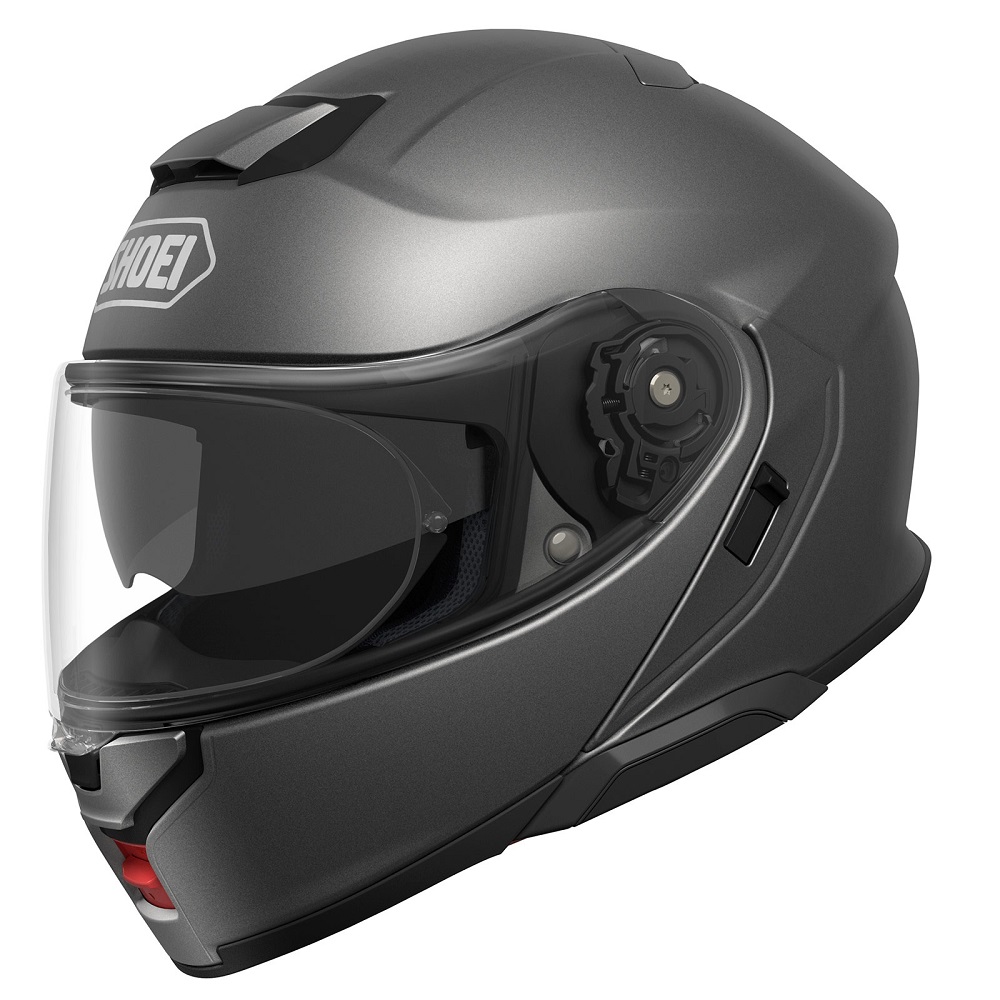
Comfort and Fit
Choosing the Right Size
A properly fitting helmet is crucial for safety and comfort. A helmet that is too large may slide off or shift during a ride, while one that is too tight can cause discomfort or distraction. To find the right size, measure the circumference of your head at its widest point, typically just above the eyebrows. Most manufacturers provide sizing charts to help you choose the correct fit.
When trying on helmets, ensure they sit snugly without causing pressure points. The helmet should not rock back and forth on your head. If possible, wear the helmet for a short period to gauge comfort and fit before making a final decision.
Liner and Padding
In addition to size, inspect the helmet’s liner and padding. Quality padding enhances comfort and contributes to better fit. Look for removable and washable liners for ease of maintenance. Helmets with moisture-wicking liners help keep your head dry and comfortable during long rides.
The thickness and quality of the padding can also impact sound insulation and overall comfort. A well-padded helmet will help reduce wind noise and vibrations, shielding you from fatigue during long rides. Comfort features are vital for ensuring that the helmet can be worn for extended periods without causing strain or discomfort.
Ventilation
Ventilation is another key factor in selecting a motorcycle helmet. A well-ventilated helmet helps to regulate temperature and prevent overheating, ensuring a more comfortable ride. Many helmets come with strategically placed vents to promote airflow while maintaining protective qualities.
Check for adjustable ventilation systems that allow you to customize airflow based on your preferences and weather conditions. Proper ventilation can also help reduce moisture buildup inside the helmet, improving overall comfort during rides in humid or hot conditions.
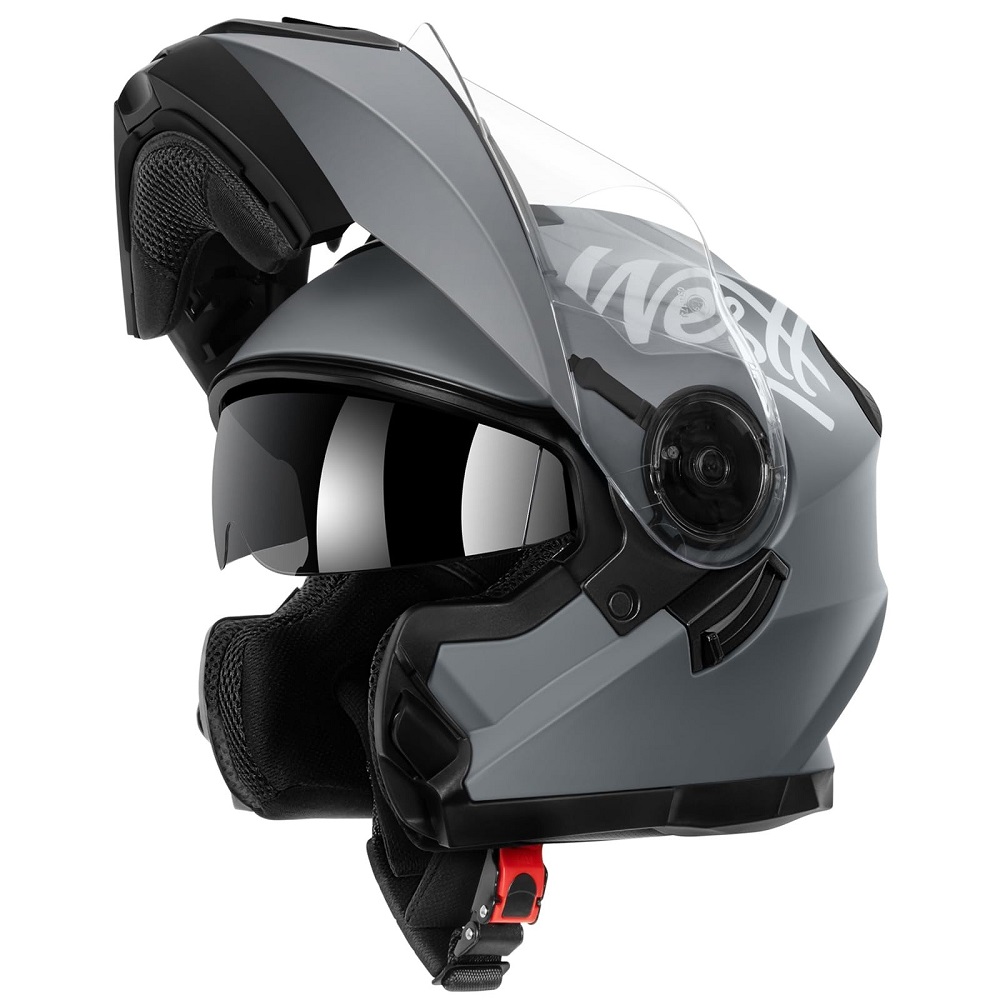
Additional Safety Features
Face Shield and Visor
Many motorcycle helmets come with built-in face shields or visors. These features protect the rider’s eyes and face from debris, insects, and wind. A good face shield should be shatter-resistant and provide UV protection, reducing glare while keeping your vision clear.
Some helmets also offer anti-fog coatings to minimize fogging during various weather conditions. Proper visors enhance overall safety by improving visibility and protecting the rider from environmental elements. When choosing a helmet, consider your visibility needs and opt for models with high-quality face shields.
Hearing Protection
Motorcycle riders are exposed to wind noise and engine sounds, which can lead to hearing loss over time. Some helmets are now designed to include hearing protection features, such as noise-reducing ear pads or compatibility with communication systems. Investing in these features not only enhances comfort but also protects your hearing during longer rides.
Additionally, consider using external earplugs designed for motorcyclists. These specialized earplugs can help drown out harmful noise levels while still allowing you to hear essential sounds, such as sirens or horns.
Reflective or High-Visibility Elements
Visibility is a critical aspect of motorcycle safety. Helmets that incorporate reflective materials or bright colors can enhance your presence on the road, making it easier for other drivers to see you. Some manufacturers offer helmets with high-visibility designs that improve safety during low-light conditions.
Adding reflective stickers or additional lighting can also bolster visibility. Being seen on the road is vital for your safety, so prioritize helmets featuring adequate visibility features when making your choice.
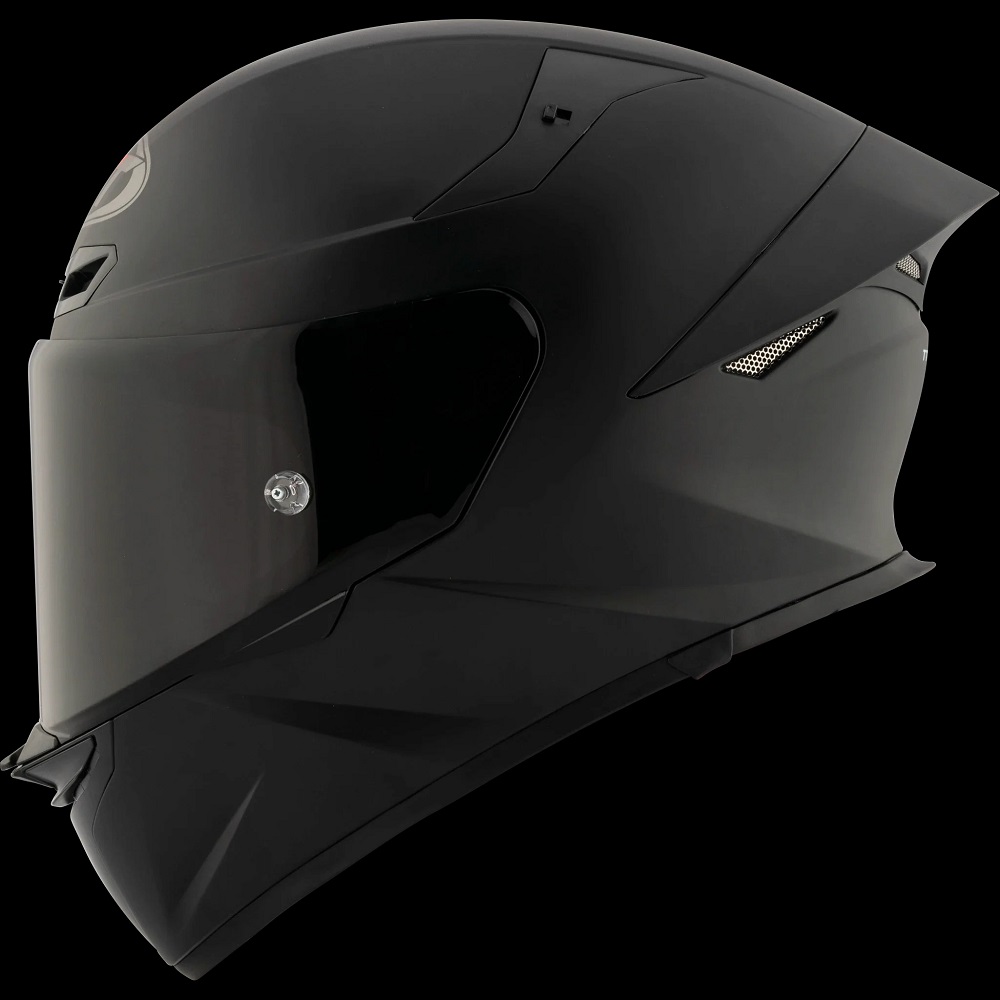
Maintenance and Care
Cleaning Your Helmet
To ensure maximum longevity and safety, regular maintenance of your motorcycle helmet is essential. Start by cleaning the outer shell and visor with a gentle soap and water solution. Avoid using harsh chemicals or solvents that could damage the helmet’s finish or materials.
The interior should also be maintained, particularly the padding and lining. Most modern helmets come with removable and washable liners, making cleanliness easy. Ensure the interior is dry before reassembling to prevent mold growth.
Inspecting for Damage
Routinely inspect your helmet for any signs of damage, wear, or deterioration. Look for cracks in the outer shell and check the integrity of the padding. If your helmet has been involved in an accident, it’s essential to replace it, even if no visible damage is present. Helmets are designed for one-time impact, and using a compromised helmet can significantly reduce safety.
Regular assessments can help ensure your helmet remains effective while maintaining overall safety during rides. Schedule inspections every few months, especially if you ride frequently.
Storing Your Helmet Properly
The way you store your helmet also affects its longevity. Store it in a cool, dry place away from direct sunlight to prevent the materials from breaking down. A helmet bag can help protect it from dust and scratches, prolonging its life.
Avoid hanging your helmet on the handlebars or mirrors of your motorcycle, as this can lead to unintended impacts. Instead, create a dedicated storage space, making your helmet easily accessible while ensuring it remains in optimal condition.
Conclusion
Motorcycle helmets are not merely accessories; they are lifesaving devices that provide essential protection for riders. Understanding the key safety features, from impact resistance to comfort and fit, is vital for making informed choices. A quality helmet can significantly reduce the risk of injury and even save lives in the event of an accident.
When selecting a motorcycle helmet, consider factors such as certification standards, fit, additional safety features, and maintenance requirements. Always prioritize your safety and well-being by choosing a helmet that meets your needs and the demands of your riding style.
Regular maintenance, inspections, and proper storage of your helmet can extend its lifespan and ensure you are protected every time you hit the road. By investing in a high-quality helmet and understanding the features it offers, you enhance your riding experience and promote a culture of safety within the motorcycle community. Always ride safely, wear your helmet, and enjoy the freedom of the open road.

